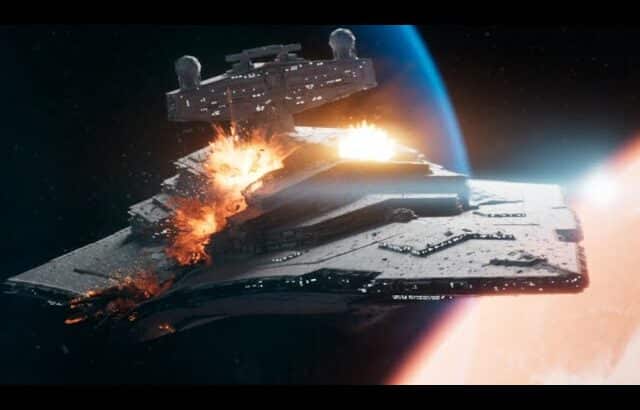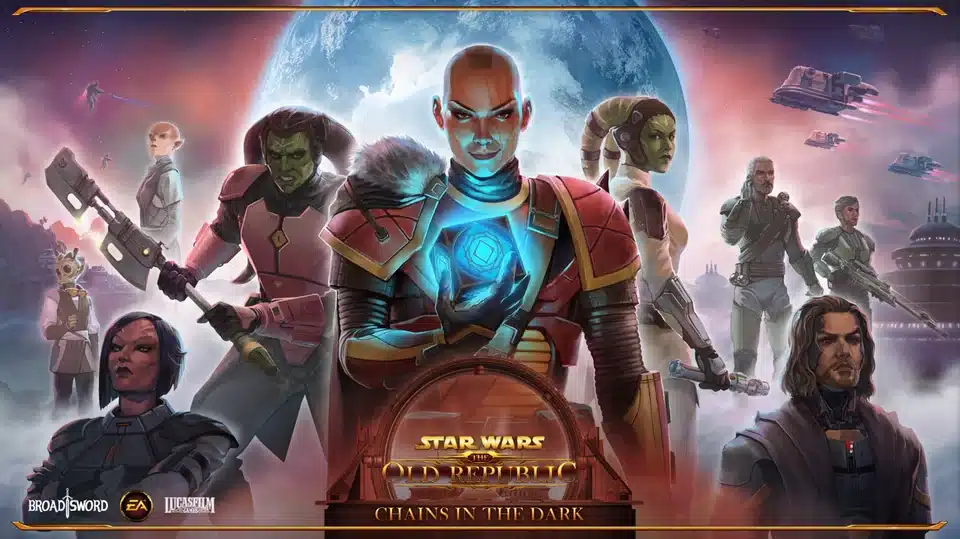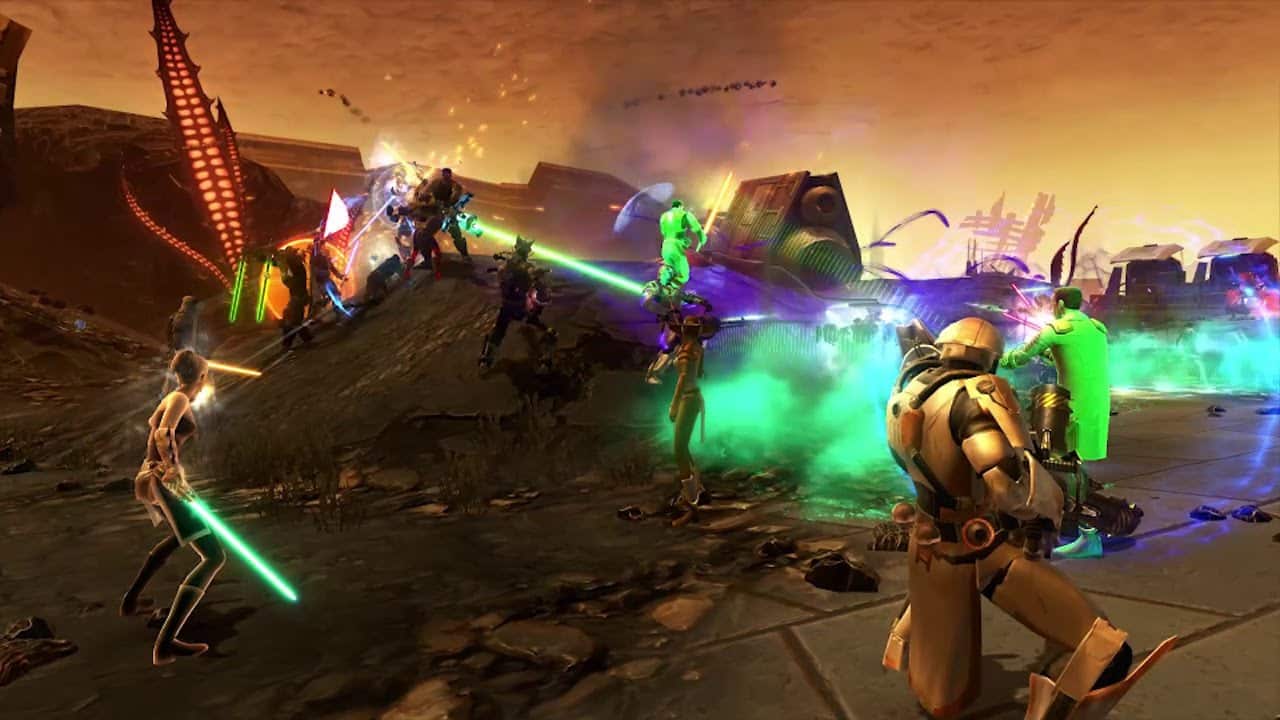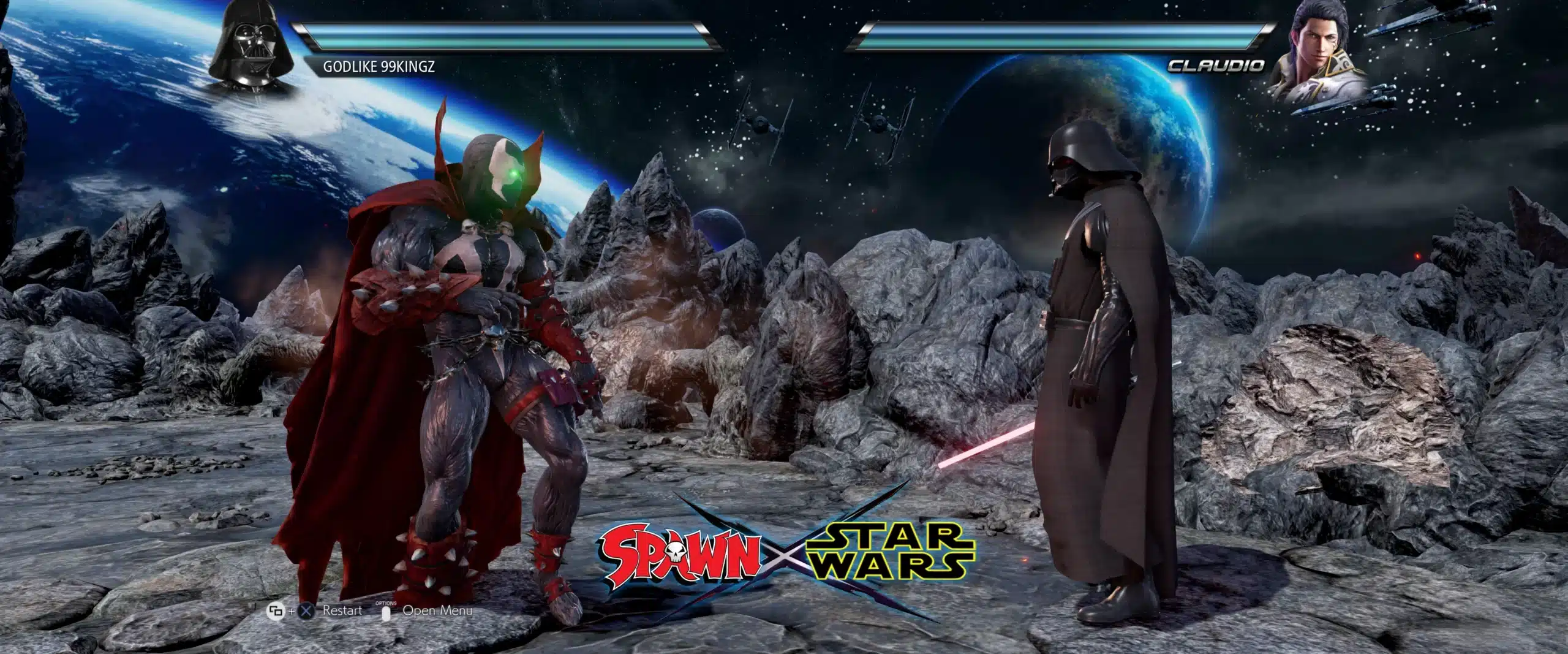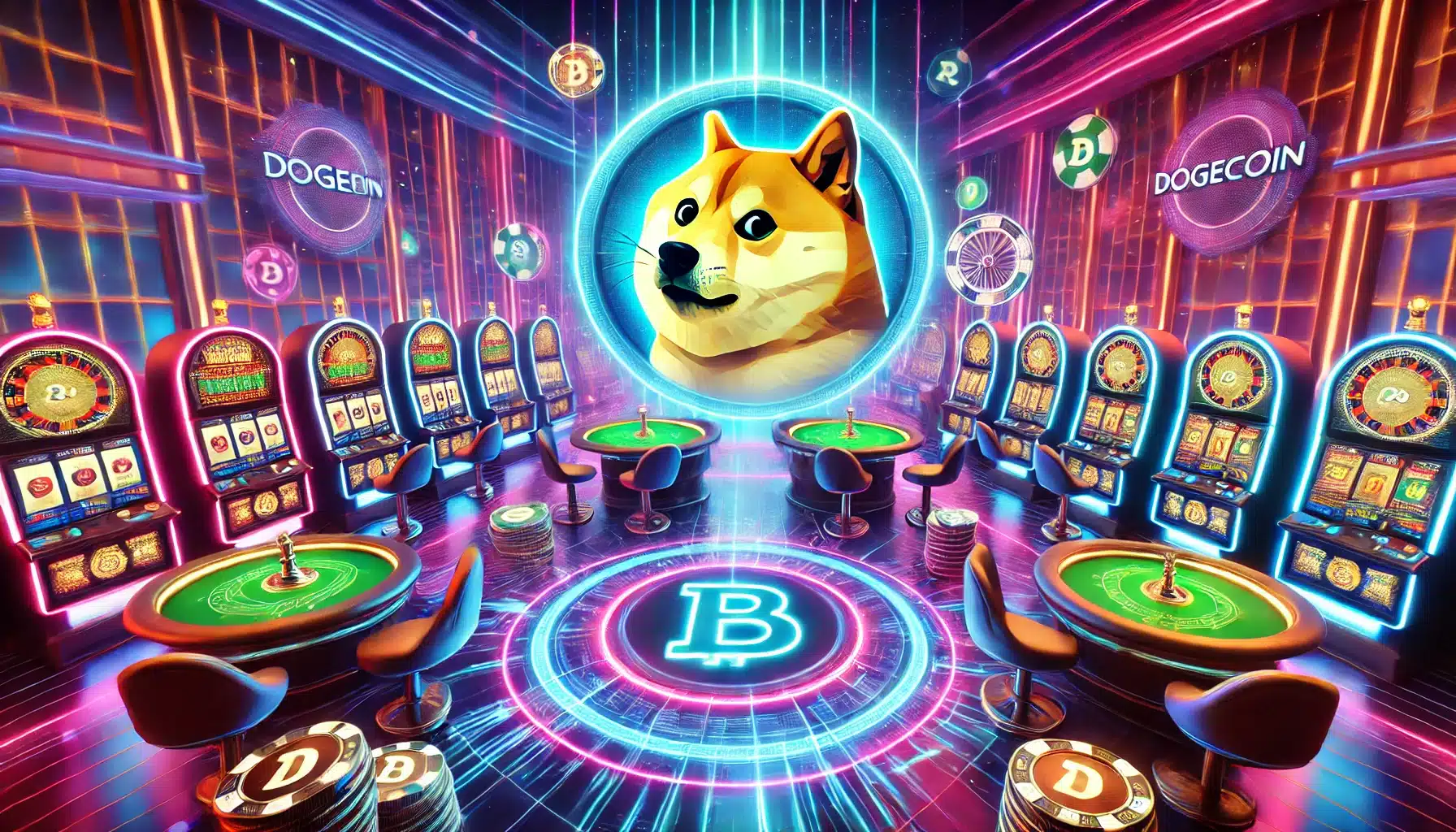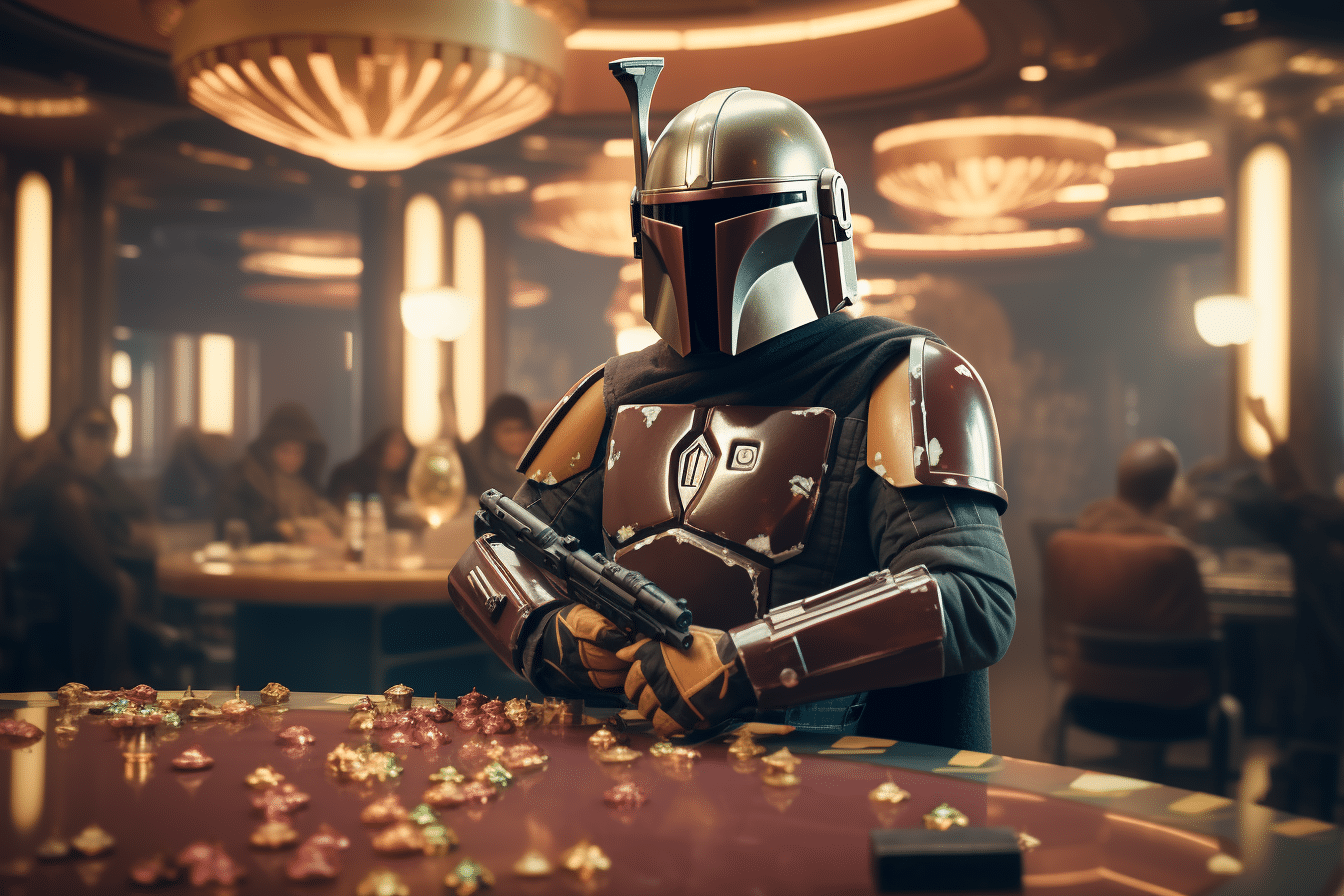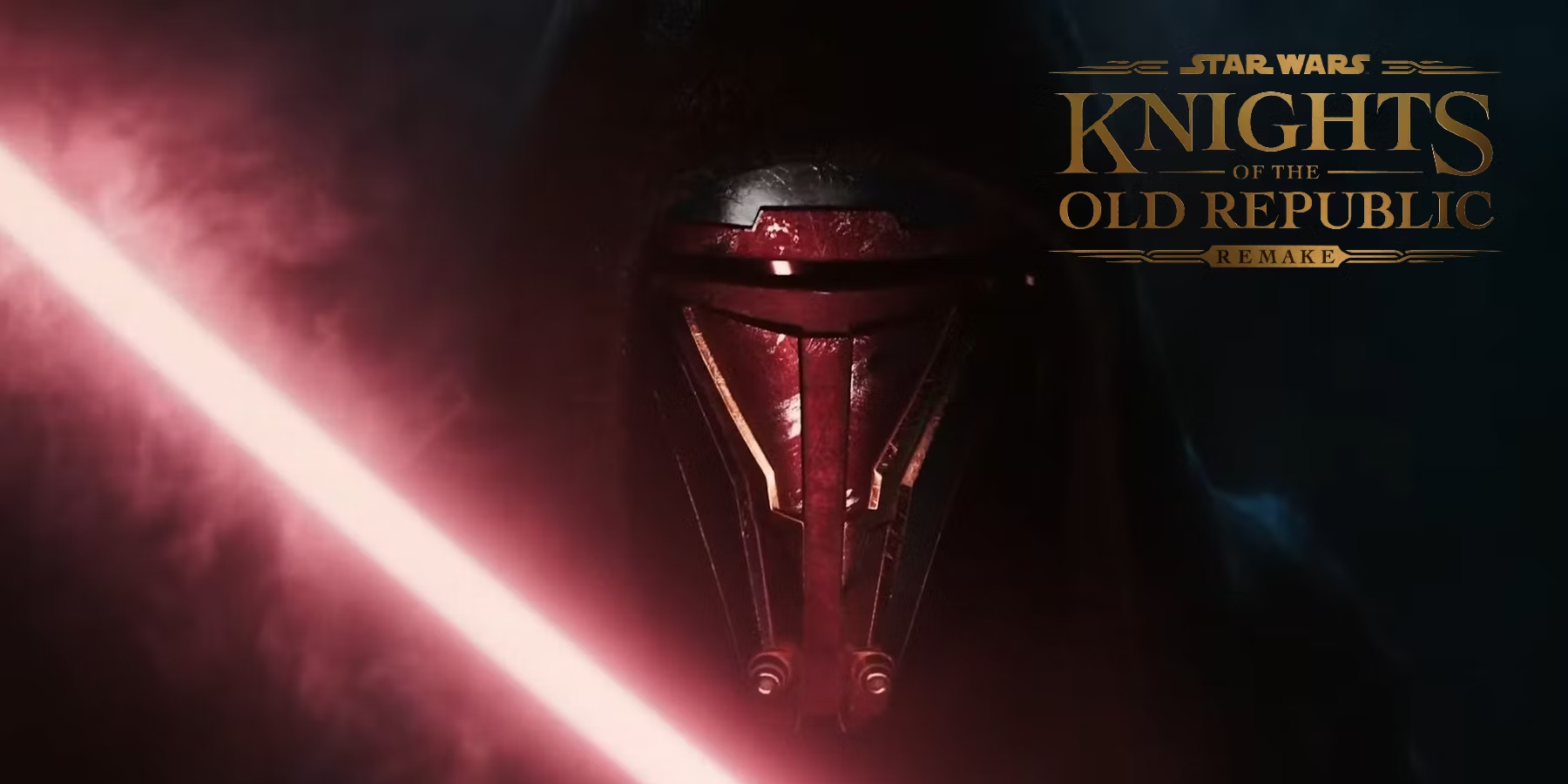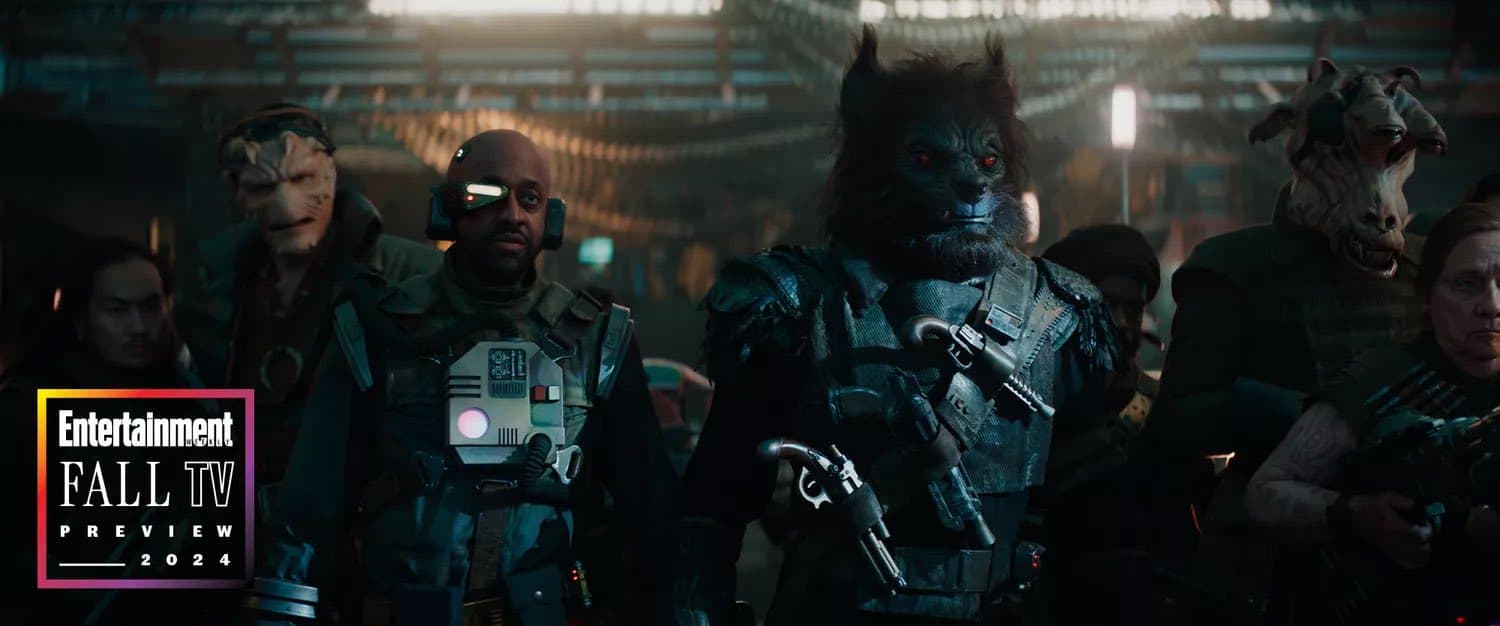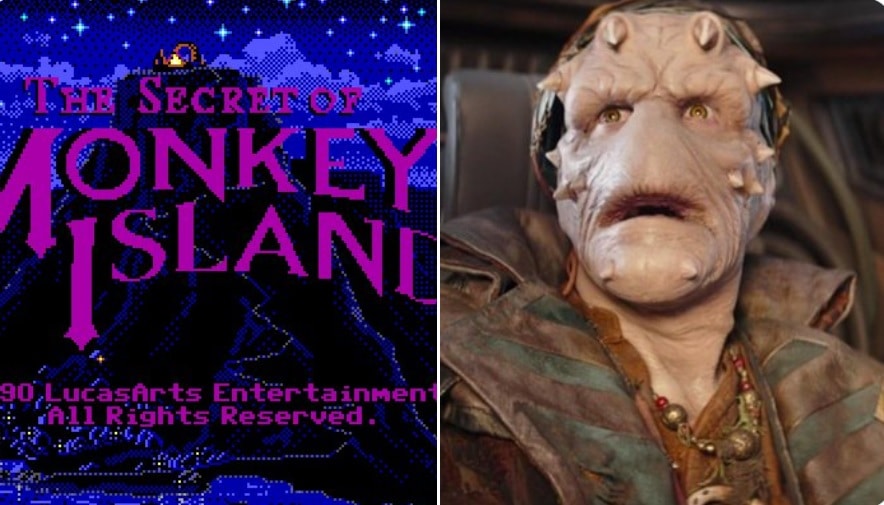It’s not every day that a fan-made project steals the spotlight from a multi-billion-dollar franchise, but that’s exactly what happened with Dayton Busse’s recent Star Wars fan animation. Released in 2024, this impressive animation featuring Boba Fett flying his iconic Slave I ship has made waves in the Star Wars community, with many fans claiming it outshines scenes from the official sequel trilogy.
What Makes the Animation Stand Out?
Dayton Busse’s work showcases Boba Fett in an exhilarating space battle, deftly piloting Slave I through laser blasts and even blowing up a Star Destroyer with jaw-dropping precision. But what sets this fan animation apart from others is its near-professional quality, achieved using a combination of Houdini, Nuke, and Industrial Light & Magic’s (ILM) Boba Fett model. Busse also utilized cockpit shots from The Mandalorian and Star Wars: Episode II to create a polished and immersive experience that feels like it could easily be mistaken for official content.
One of the most impressive aspects is that despite using professional tools like Karma for rendering and Nuke for compositing, much of the animation—especially the visual effects and spaceships—was created from scratch by Busse himself. This isn’t just a tribute to his skills as a VFX artist but also a reminder of the creativity that thrives within the Star Wars fanbase.
Fans Compare it to the Sequel Trilogy
What makes this animation particularly buzzworthy is the frequent comparison to Disney’s sequel trilogy (The Force Awakens, The Last Jedi, The Rise of Skywalker). Many fans have expressed disappointment with the sequel trilogy, citing inconsistent storytelling and underwhelming action sequences. In contrast, Busse’s animation delivers on what fans often crave: iconic characters like Boba Fett in well-choreographed, visually stunning action scenes.
While Disney’s trilogy had the budget and resources to create large-scale space battles, some fans felt that the essence of the original and prequel trilogies was missing. Busse’s fan-made animation, on the other hand, taps directly into that nostalgic desire for gripping, straightforward action scenes with beloved characters.
Crafting an Animation That Feels Authentic
Achieving the “cooler than the sequel trilogy” claim isn’t just about flashy explosions and space battles. The authenticity of Busse’s work is rooted in its attention to detail. From the rendering of the Slave I ship to the complex visual effects, every frame oozes dedication to capturing the Star Wars atmosphere. The use of ILM’s Boba Fett model and carefully recreated environments like the cockpit add layers of immersion that make this fan-made project stand out.
Even more notable is the animation’s destruction shot—a moment where Boba Fett blasts a Star Destroyer into oblivion. This single shot, highlighted by Busse in his breakdown of the animation, shows the intricacies involved in the effects work. The precision and care taken in executing these visuals make the animation feel like a scene from a high-budget film.
A Portfolio Piece or a Call to Action?
For Dayton Busse, this animation wasn’t just a labor of love but also a portfolio piece to showcase his capabilities as a VFX artist. His work has certainly caught the attention of the wider Star Wars community, with fans praising his talent and even suggesting that ILM should “hire this guy!” This level of quality, coming from a single artist working independently, speaks volumes about the skill and passion driving fan-made content in the digital age.
The Role of Fan-Made Content in Star Wars
Fan-made content has always been an essential part of the Star Wars universe. From fan films to art, these projects allow fans to engage with the franchise in creative ways that often resonate deeply with the community. In many cases, such projects offer alternative takes or expand upon existing lore, giving fans what they may feel is missing from official releases.
Busse’s animation is a perfect example of how fan content can provide both entertainment and an outlet for criticism. It showcases what fans love about Star Wars—iconic ships, beloved characters, and pulse-pounding action—while also highlighting areas where the official films may have missed the mark for some viewers.
Final Thoughts
Dayton Busse’s Star Wars fan animation is more than just an impressive display of visual effects—it’s a testament to the passion and skill found within the Star Wars community. With high-quality rendering, attention to detail, and the right blend of nostalgia, this fan-made project has earned its place as a standout piece of Star Wars media, drawing comparisons to the sequel trilogy and, for many fans, even surpassing it in certain areas.
Whether or not this project leads to more fan animations or professional opportunities for Busse, it has certainly made waves in the galaxy of Star Wars fans. ILM, take note!


